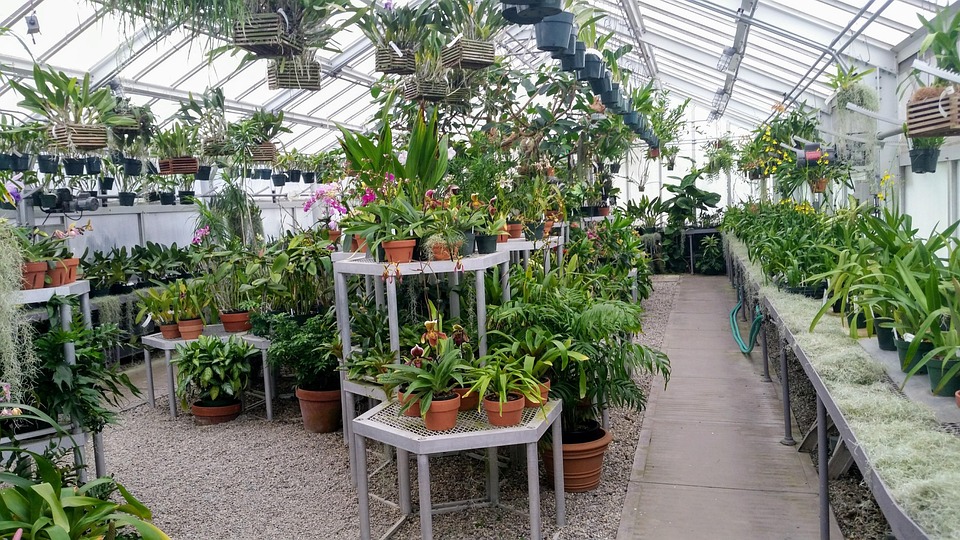# Soil Health: The Foundation of Sustainable Farming Systems
When I first embarked on my journey into sustainable farming, I remember the excitement of planting my first seeds. It was a bright, sunny day, and the earthy smell of freshly turned dirt filled the air. I wasn’t just sowing seeds; I was nurturing life, and little did I know that the secret to thriving plants lived beneath my feet. It didn’t take long for me to realize that the health of my soil would dictate the success of my farming endeavors. From composting to crop rotation, each decision became a fundamental part of my learning curve. In the process, I discovered that soil health is undeniably the foundation of sustainable farming systems, and what you learn about it can transform your garden into a flourishing haven.
## Understanding Soil Health
Soil health is more than just the nutrient content in the ground; it encapsulates the physical, chemical, and biological properties that contribute to an ecosystem’s functionality. Healthy soil not only supports vibrant plant growth but also promotes biodiversity, stores water, and stores carbon. In essence, soil health acts as the beating heart of sustainable farming.
1. **Physical Properties**: This includes soil texture, structure, and moisture retention capacity. Well-structured soil enhances root growth and allows for better water infiltration. Clay, silt, and sand are the three main components that dictate these properties.
2. **Chemical Properties**: This refers to the soil’s acidity or alkalinity (pH level), essential nutrient availability (like nitrogen, phosphorus, and potassium), and organic matter content. A balanced soil pH allows plants to absorb nutrients more efficiently.
3. **Biological Properties**: Healthy soil teems with life—bacteria, fungi, and earthworms all play a role in breaking down organic matter and enriching the soil. Understanding these interactions can lead to better farming practices that enhance soil health.
## The Importance of Soil Health in Sustainable Farming
Sustainable farming systems rely on balanced practices that promote environmental health and economic viability. Soil health is crucial for several reasons:
– **Enhanced Crop Production**: Nutrient-dense soil leads to nutrient-dense crops. Healthy soil fosters healthy plants that are more resistant to diseases and pests, reducing the need for synthetic chemicals.
– **Biodiversity Promotion**: Diverse soil organisms not only enrich the soil but also create a balanced ecosystem that can reduce pest outbreaks and crop failures.
– **Water Conservation**: Healthy soils have better water retention, providing essential moisture during dry spells and reducing irrigation needs.
– **Carbon Sequestration**: Soils that are rich in organic matter can capture and store carbon, helping to mitigate climate change. Practices such as cover cropping and reduced tillage can enhance this property.
## Building Healthy Soil: Practical Strategies
Achieving optimal soil health involves various practices and strategies. Here are the most effective ways to enrich and maintain your soil.
### 1. Compost is Your Best Friend
Composting is an art and a science that adds organic matter back into the soil. Kitchen scraps, yard waste, and even shredded paper can all be transformed into nutrient-rich compost.
– **Tip**: Maintain a balance of ‘greens’ (nitrogen-rich materials like grass clippings) and ‘browns’ (carbon-rich materials like dried leaves) for the best results.
### 2. Embrace Cover Crops
Cover crops are planted not for harvest but to improve soil health. They suppress weeds, prevent erosion, and fix nitrogen in the soil.
– **Pro Tip**: Incorporate legumes like clover or vetch, which naturally enrich the soil with nitrogen, and turn them under before planting your main crops.
### 3. Crop Rotation
Changing what you plant in a specific area year after year disrupts pest and disease cycles while also enhancing soil structure and fertility. Each crop has different nutrient requirements and impacts, leading to healthier soil.
– **Tip**: Follow a simple rotation system—root crops one year, legumes the next, followed by leafy greens, and then flowering crops.
### 4. Minimal Tillage
While tillage can prepare the soil for planting, excessive disturbance can disrupt soil structure and microbial life.
– **Pro Tip**: Use no-till or low-tillage systems to help maintain soil integrity, minimize erosion, and conserve moisture.
### 5. Test Your Soil
Understanding your soil’s current state is critical. Testing kits are easily available and can give you insight into pH levels and nutrient content.
– **Tip**: Regularly testing your soil every few years helps you adapt your practices based on real data.
### 6. Mulching Magic
Applying a layer of organic mulch can retain moisture, regulate temperature, and suppress weeds.
– **Pro Tip**: Use materials like straw, wood chips, or grass clippings. Just remember to replenish the mulch as it breaks down.
## Soil Health Indicators
How can you tell if your soil is healthy? Here are some common indicators:
1. **Earthworm Activity**: An abundance of earthworms usually signifies healthy soil. They aerate the soil and contribute to organic matter.
2. **Rich Smell**: Pleasant, earthy odors indicate microbial activity. A sulfur-like smell can suggest anaerobic conditions, which is a red flag.
3. **Soil Structure**: Crumbly soil that forms aggregates suggests good physical structure and aeration.
4. **Color**: Dark, rich soil typically indicates organic matter content, while pale soils may signify nutrient deficiencies.
## The Role of Soil Health in Climate Resilience
As climate change continues to impact our weather patterns, healthy soil plays a crucial role in building resilience. Healthy soils can better withstand extreme weather events like droughts and floods, making them indispensable in sustainable farming systems.
– **World-Wide Impact**: By adopting soil-friendly practices, farmers globally can contribute to food security while combating climate change—a truly sustainable win-win!
## Conclusion
The journey to sustainable farming begins with a commitment to soil health. By understanding its complex dynamics and implementing mindful practices, we can create a resilient and fruitful farming system that nourishes both the earth and ourselves.
### Pro Tips Recap:
– Balance greens and browns in your compost.
– Use legumes as your cover crops for nitrogen fixation.
– Rotate crops to disrupt pest cycles.
– Minimize tillage to preserve soil structure.
– Test your soil regularly for tailored adjustments.
– Apply mulch to retain moisture and suppress weeds.
As you dig deeper into your gardening adventures, remember that the secret to a flourishing farm lies in the health of your soil. So, get your hands dirty, experiment, and watch your sustainable garden blossom!



